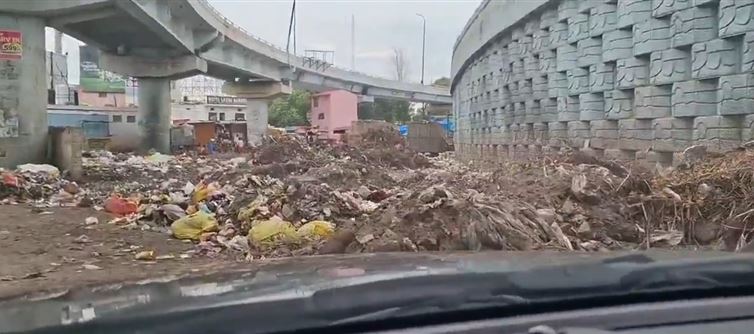
Adding to the confusion is the official ranking of lucknow as the 3rd cleanest city in india, a claim met with widespread skepticism. These rankings, released by the Ministry of Housing and Urban Affairs, are often based on structured surveys, data submitted by municipal corporations, and citizen feedback, but the authenticity of these parameters has come under question. Many citizens argue that the rankings reflect paper-based achievements rather than ground-level realities, with cities often engaging in superficial cleaning drives during survey windows. Critics suggest that statistical manipulations, selective area audits, and cosmetic clean-ups before inspection visits are used to project a sanitized version of the truth, thereby securing favorable rankings while the actual conditions remain unchanged.
The broader sentiment stemming from such discrepancies is one of disillusionment with the system as a whole. When large funds are sanctioned and still no visible progress is made, the public inevitably draws the conclusion that corruption is not an exception but the norm in the system. The allegation that india ranks among the most corrupt nations may be debated statistically, but such real-world examples strongly reinforce the perception. Transparency in fund utilization, third-party audits, and citizen-centric monitoring are urgently needed if trust in national programs like Swachh Bharat is to be restored. Without serious reforms, india risks becoming a country of grand announcements and poor execution, where the appearance of progress routinely overshadows its absence.




 click and follow Indiaherald WhatsApp channel
click and follow Indiaherald WhatsApp channel